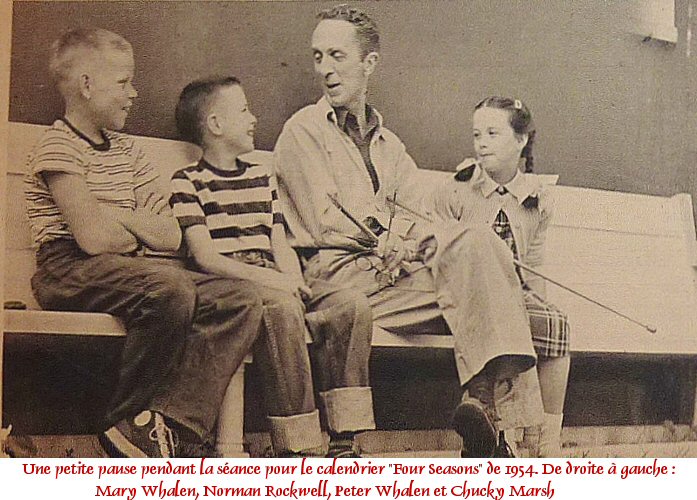I do not remeber the specifics, I believe it had to do with my Jorge Zaffino Google Gallery, but a few years back I got acquainted over the internet with artist Roberto Zaghi.
Born and raised in Ferrara (and sporting a decisively recognizable accent from that region) and now lving in my own native Milan, Roberto begun his apprenticeship as a cartoonist by accident.
Quite literally: he was involved in a motobike crash which left him badly injured. While convalescent, Roberto rekindled his interest in comics, which he had abandoned since childhood in favor of studying electronics and chemistry.
Once he re-started drawing (something he previously only did for his own pleasure) he never stopped again.
He had some fine menthors in Germano Bonazzi and Nicola Mari, both affirmed pro's in Italy's comic scene.
Beside his obvious talent and passion, Roberto must have an incredible work ethic that make him commit to the drawing board many hours a day. To me that shows not only in the volume of his output, but also in his evolution.
If one compares his earlier art, clearly influenced by Nicola Mari, with his latest pages, sketches and commissions, the evolution is remarkable.
Proof that talent without commitment is useless as a bicycle with no handle.
Roberto is also high on my list of favourites because he likes all the right stuff. He has a soft spot for a lot of the old masters who produced solid, realistic work with flare and panache (Leonard Starr, José Luis Garcia-Lopez and most of all Alex Toth, who I started appreciating thanks to Roberto).
For someone who loves Jorge Zaffino, Roberto has a surprisingly polished, clean style (which I admire a lot).
He is also a very generous person, who will always find the time to reply to a mail or a phone call or engaging in an excange on Facebook.
He appears to be very modest as well: his only goal is to illustrate the story in the best way possible, with the reader in mind and very little ego.
To me, he is the quintessential gentleman professional of popular comics.
You can admire his work at the following links:
http://robertozaghi.blogspot.com/
https://www.instagram.com/robertozaghi/
http://robertozaghi.tumblr.com/

















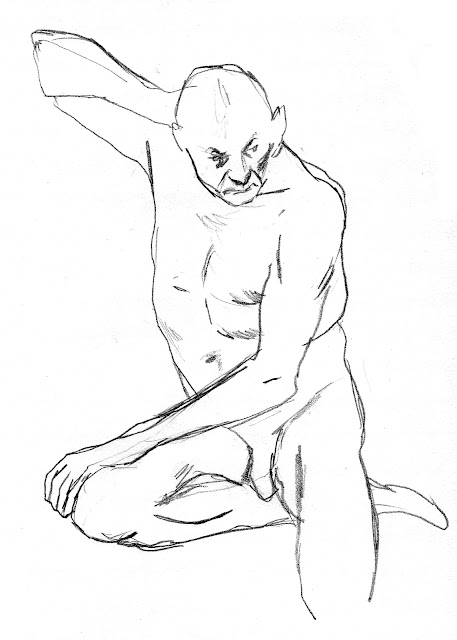






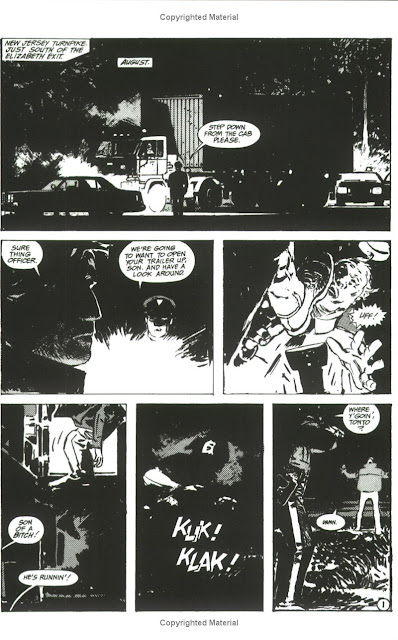
















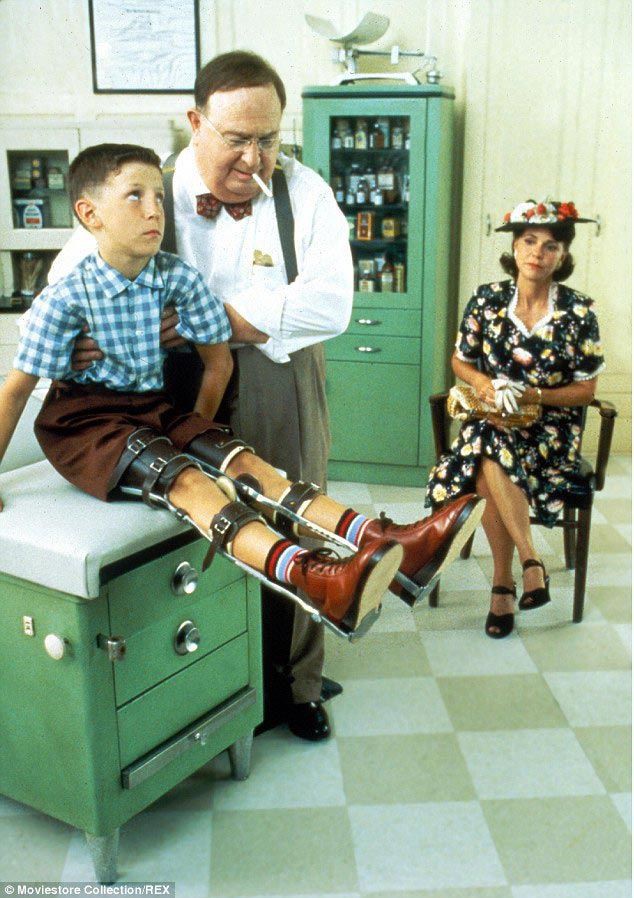
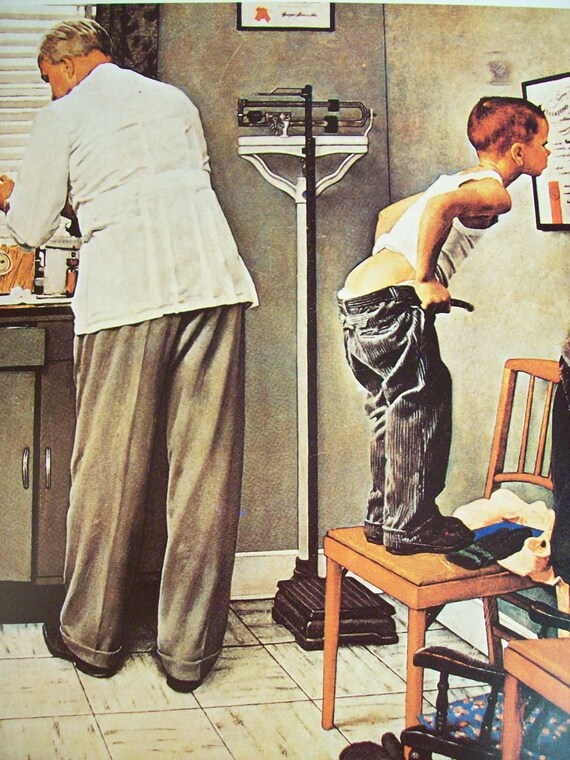
.jpg)




